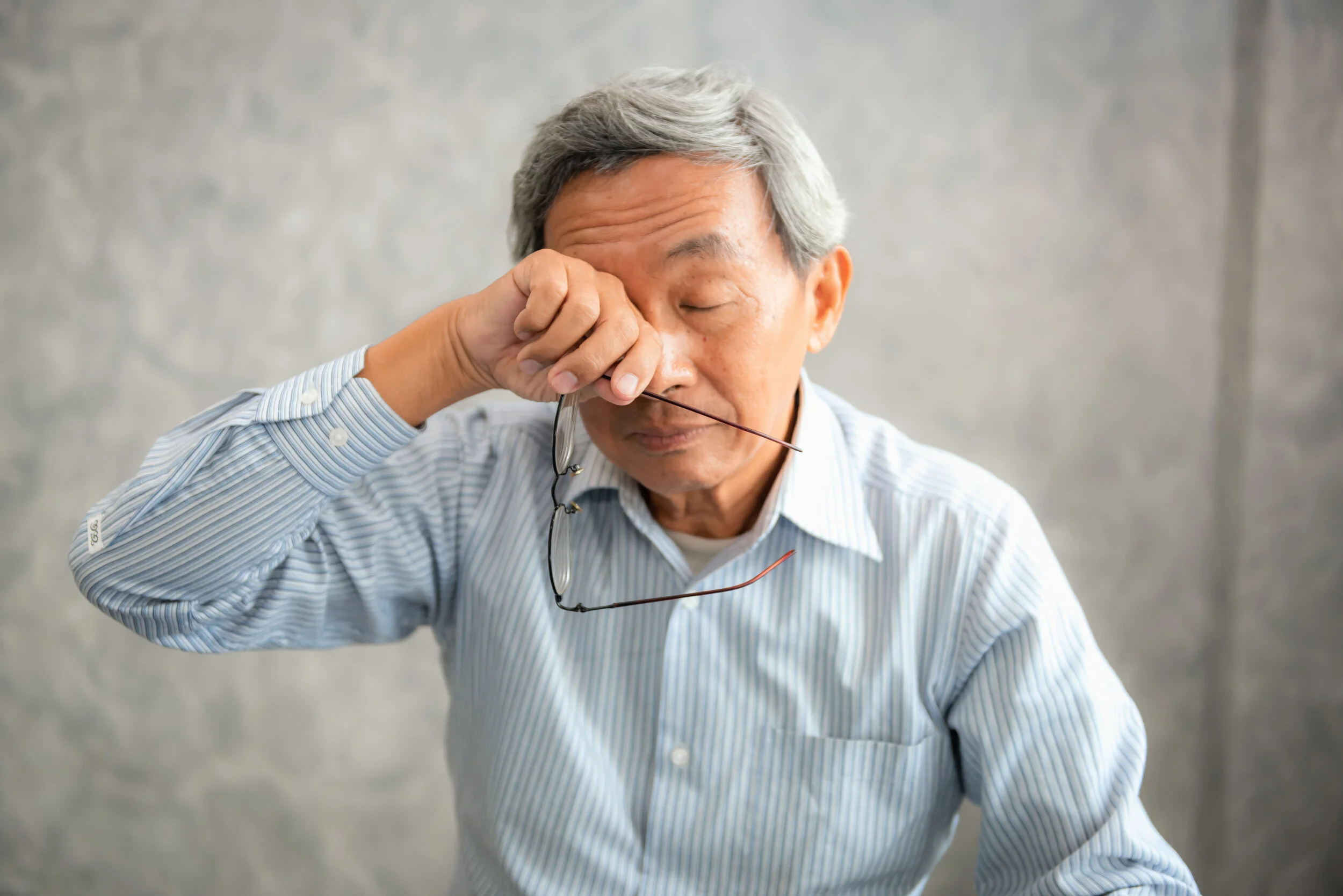Stress for Success: Part 3
Body & Tissue Function
Stress for Success: BodY & Tissue Function
You made it to the finale! To recap: In Part I, I discussed how stress could affect our brain and nervous system. In Part II, I outlined how pain can both be a stressful stimulus and an adaptive protective response of the brain and body. Now to close out the series, we will consider stress in a more tangible sense, as a load
Stress Strain Load
Let’s first redefine stress in terms of tissue mechanics. “Stress is the resistance of a material to deformation. Often measured as a unit of force over an area.” Strain is the “deformation that occurs in response to application of an external load.” Load is defined as “ the application of force.”1 Types of load include:
Compression
Tension
Shearing
Torsion
Bending1
We take on these types of loads with everyday activities – from sitting, walking, picking up groceries, carrying our kids, and engaging in sports. Our muscles, connective tissues, and bones are designed to adapt well to load. When added regularly and gradually, loading can improve our ability to respond to forces.
How our tissues respond to load
Bone
Weight bearing on bone stimulates growth and remodeling which improves its ability to take on load (Wolff’s Law). 2Abnormal repetitive loading can contribute to bone spurs, arthritic changes, or stress fractures. If bone is not loaded enough, then growth rate can lessen, decreasing its ability to endure heavier loads.2
Connective Tissue
Ligaments and tendons are connective tissues in the body. They are made from non-contractile collagen and elastic fibers and are designed to take on tension stresses that occur between bone and bone or bone and muscle.1 Too much or abnormal repetitive loads can contribute to ligament sprains or tears, tendonitis, or excessive and abnormal joint movements. Not enough loading can lead to weakness, poor proprioception, and balance.3
Muscle
Muscle surrounds bone and ligaments and its role is to provide movement while absorbing and creating force (i.e. resistance to load). Unlike bone and ligaments, we have the ability to intentionally control muscle. Meaning, we can actively “flex” our bicep, we cannot purposely “flex” our bones. This ability to actively control muscle gives us the power to create or reduce force within the muscle to meet the demand external loads. The ability of muscle to do this is determined by its
· Size: bigger muscles, like the gluteals, can take on more load than smaller muscles
· Fiber: the type and shape
· Length
· Speed of contraction: distinguishes endurance muscles from power muscles
· Recruitment of motor units: contributes to muscle control and performance1
Muscle Imbalance = Less Fun
Muscles work together as a team to provide stability, movement, and functionality for a joint. Good muscle balance equates to good distribution of load on the body and improved mechanical efficiency. Imbalance of force production from muscle can contribute to pain, injury, or movement dysfunctions.
Another way to explore this idea is relating it to your family dynamics. If there are four family members who are each responsible for a chore, the house gets clean and everyone gets a movie night! Now, if only one person does everything all the time, this is a recipe for chaos. Overtime, that one person will not be happy about doing all the work and they will let you know.
Therefore when one muscle has a greater demand or load on it that should be shared by a whole system, that muscle will begin to talk to you. This may be in the form of feeling pain, reducing your efficiency, or decreasing your participation in doing fun things.
Load and The Individual
We are built to take on load! But just like stress, the dosage, frequency, and type of load can greatly impact how our body responds. In exercise and physical therapy, this can make the world of a difference between building strong muscle mass and healthy bones or injury. Other health factors shoulder also be considered such as:
Healing phase of tissue
Acute, chronic, or preventative stage
Post-surgical
Pregnancy or postpartum
Existing co-morbidities
Osteoporosis
Neurological issues
Cardiovascular health
Breathing pathologies
Hormonal fluctuations
Mental, emotional, or physical state
Level of pain
The desire to take on load
What You Can Do Right Now
Decide if you want to take on more load
For your Brain: learn something new or take on a creative project
For your body and tissues: engage in a variety of exercises that feel good and challenge new movement patterns
Establish a goal. Be present during the process by giving yourself checkpoints to reassess your progress.
Identify obstacles or potential factors that may cause unnecessary stress
Find a positive stimulus that motivates you to act on it
How Physical Therapy Can Help You Use Stress For Success
Determine muscle imbalances
Monitor tissue healing and response to exercise
Establish proper and safe parameters to tissue loading (especially with post surgical and highly acute conditions)
Teach prevention practices to improve posture, spinal stabilization, mobility, motor control, and strength
Cheer you on as you reach your goals!
In Summary
Stress can be viewed as a problem--or it can be viewed as a stimulus for change. Recognizing the ways that the brain, body, and your tissues respond to this stimulus can help you redirect that energy towards a sustainable solution, and to optimize your function and health. Thus, using your stress for success.
References
Paris S, Loubert PV. Foundations of Clinical Orthopedics. 3rd ed. Institute Press; 1999.
Teichtahl, A.J., Wluka, A.E., Wijethilake, P. et al. Wolff’s law in action: a mechanism for early knee osteoarthritis. Arthritis Research & Therapy 17, 207 (2015). https://arthritis-research.biomedcentral.com/articles/10.1186/s13075-015-0738-7
Galloway MT, Lalley AL, Shearn JT. The role of mechanical loading in tendon development, maintenance, injury, and repair. J Bone Joint Surg Am. 2013;95(17):1620‐1628. https://www.ncbi.nlm.nih.gov/pmc/articles/PMC3748997/






